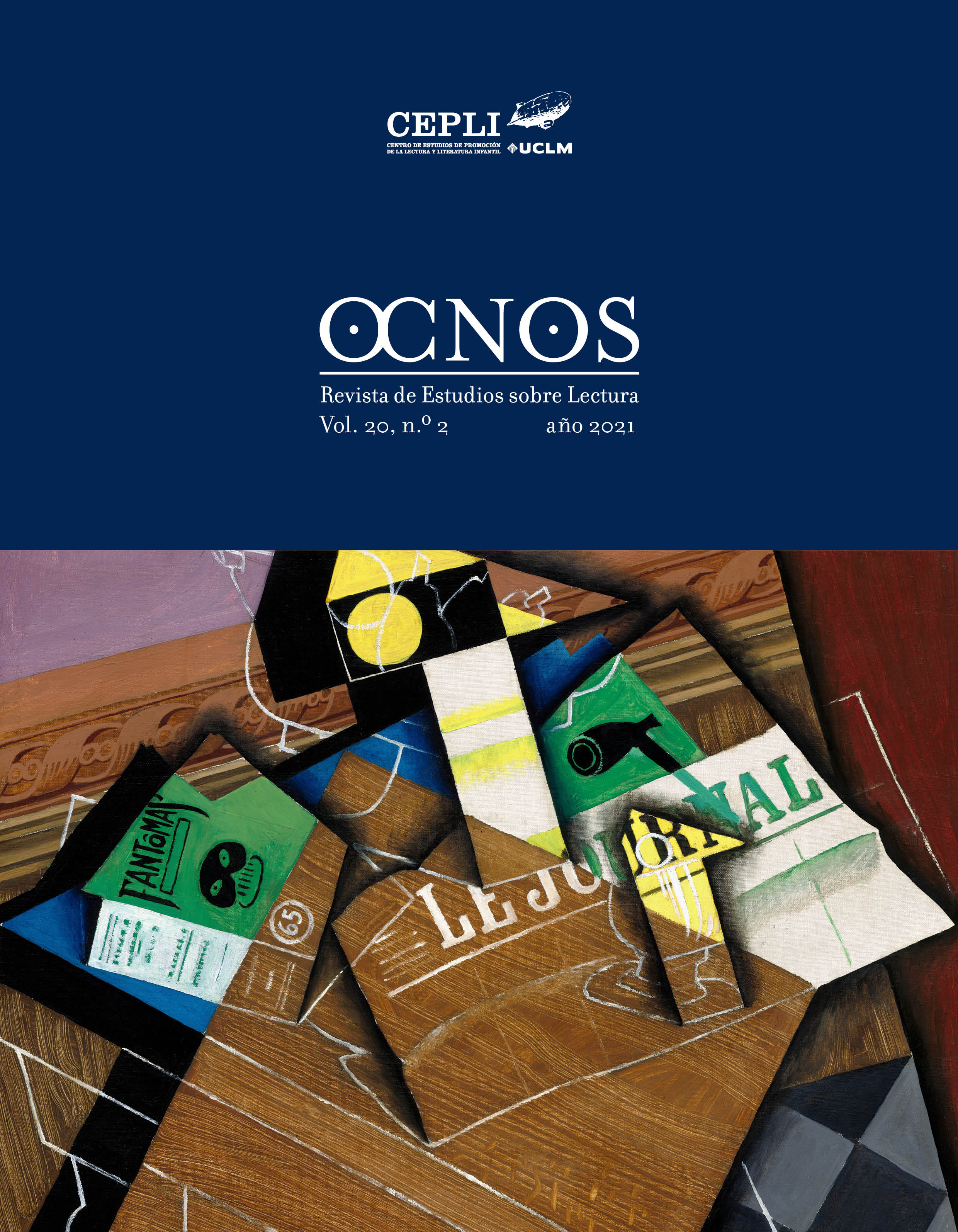Orthographic depth and reading comprehension in Spanish
Main Article Content
Abstract
As a model of instruction, the teaching sequence “learning to read” and “reading to learn” imported to our schools from an opaque language like English, has hindered the reading skill development of many primary education readers. Based on different cross-linguistic studies indicating that the degree of consistency and syllabic complexity of the print-speech correspondences has an impact not only on how students learn to read and write an opaque or a transparent orthography, but also on the models of reading comprehension instruction, this theoretical review sets: firstly, that learning to read an orthographically opaque language such as English or French is harder than learning to read a transparent one such as Spanish or Finnish; and secondly, that children need more time to read an opaque than a transparent orthography. Consequently, an instructional perspective of reading development in our language should extend beyond the acquisition of decoding, fluency and literal comprehension, encouraging readers to develop their simultaneous processes of learning to read and reading to learn, and also improving their vocabulary, background knowledge, awareness of the different textual structures and cognitive-metacognitive skills.
Downloads
Article Details

This work is licensed under a Creative Commons Attribution-NonCommercial-NoDerivatives 4.0 International License.
The articles published at Ocnos will have a Creative Common Licence Creative Commons Attribution-Noncommercial-No Derivative Works 3.0 Unported

